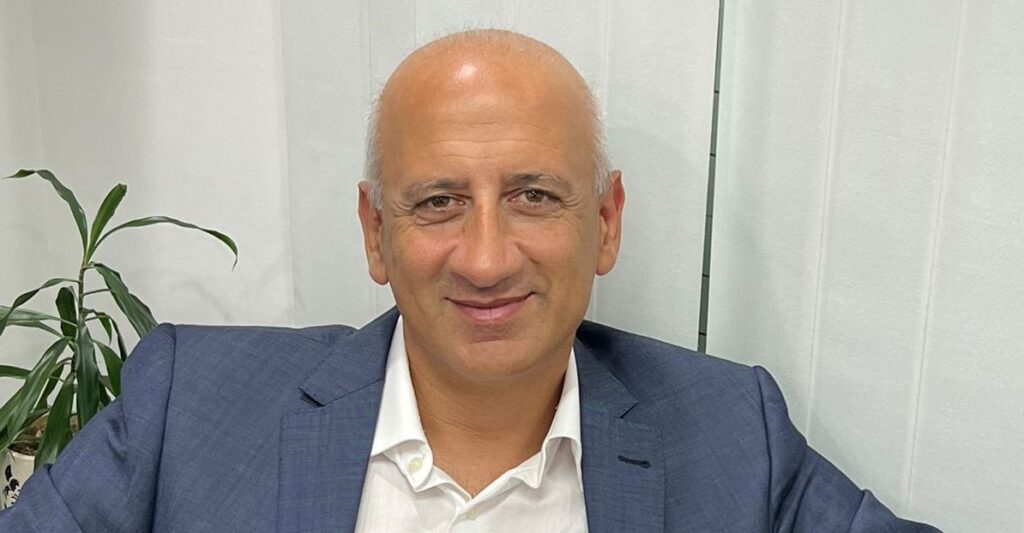The digital adoption in the BFSI space has been massive not only at end-users level but also BFSI firms strengthening their backend systems with digital transformation across different aspects of their systems. Bfsinxt.com caught up with Fadi Moubarak, Global VP (Channels), Avaya in a free-wheeling conversation to understand how he sees the digital transformation in the Indian BFSI space. Edited Excerpts:
Q. How do you view innovations by BFSI organisations?
There’s a lot of room for innovation, but at the same time, execution is a challenge considering the regulatory environment, changing customer dynamics and understanding what they are ready for. We have experienced it in both good and bad terms, and we launched voice assistance for a leading bank, including speech analytics, a few years back when the consumers were not ready to use it, and it failed miserably. Two years later, the same solution was launched, which was a great success. Many factors depend on innovation, automation, cost savings, ability to scale, and introduction of new products. Still, they also need to be careful on the adoption and readiness of the customers.
We spend a lot of time with our customers (Corporations) approaching digital transformation and innovation to ensure it is aligned with their customer readiness and leveraging specific use-cases irrespective of how much maximum potential impact it can create because if customers are not ready, it is not worth pursuing it. The use-case approach creates win-win scenarios.
Q. How are your conversations with Indian BFSI organisations when we talk about digital adoption? What challenges do you see?
Challenges are shared across regions, and sometimes there are commonalities between regions and industries, but how customers approach it makes a difference. We see some customers challenged on certain services but are ahead on other services, while someone else has been successful on some other aspect.
It’s not a problem of technological know-how but how an organisation can leverage all of its resources to make use-cases/product innovations successful.
However, in India, we have seen massive digital adoption, and to ensure readiness before the pandemic, we expanded our portfolio offerings to our customers. We started providing a whole set of complimenting solutions with our core products. It helped organisations jump-start their digital transformation journey as we were the touch point for all these products. We have strengthened our offerings like Speech Biometrics, Speech Analytics, etc.
Our approach has been outside-in rather than inside-out. We seek customer queries and build them and deploy to serve the customer, which has been successful for us.
Q. How do you view Indian BFSI institutions compared to BFSI organisations in other regions?
One significant difference I see here is that the use cases in the Indian BFSI context are far advanced. Leaders in some domains and leapfrogging in some technologies and digital adoption. There’s a lot of push through local ecosystem partnerships, which proved to be more relevant and have taken them to other markets.
Most of the customers are digital-ready, ability to scale exists, but it’s not the same for all organisations. A lot of initiative is going on by BFSI companies on gamification and making users ready and come on their application. So the readiness exists, but the end customers, too, have to be nudged.
Q. How has been speech analytics deployment? And how does it work as a product?
It is very use case-based, and as a technology, it is proven; no one can say it doesn’t work. We have seen it being used across industries, and our approach has been to implement it on a use-case basis. As previously said, some large-scale implementations haven’t worked because use cases weren’t defined. Today, the discussion is about the customer wanting speech verification but about what will be the ROI on it. We have been able to get the ROI if the use case is clearly defined.
Q. Any new use cases or approaches that are building up for BFSI?
Social Media Hub is one of the critical things as most customers are taking their feedback of BFSI organisations to social media channels. The generation on social media can’t be conversed with SMS but talk to them on their dominant channels (of meeting consumers where they are). It should be done securely and intuitively, so we are focusing on building these pieces and integrating them with our existing solutions.
Q. How do you view challenges in the BFSI space for adopting new tech? For example, is cost a major hindrance?
The challenge is not different from any other industry per se. The actual sit-down and understanding of excellent customer service are lost and not quantified. Accepting change gets in the way, but thankfully all the banks are listening to the market and adopting. Even the PSU Banks are at the top of their game. Technology is probably 30 per cent of the entire cost (Customer service value chain) 70 per cent is primarily user adoption and manpower that sits at this backend. When you see that 70 per cent is not muchly influenceable by the customer, that’s where the resistance to change comes in. The speed of change is a hindrance at times which comes into play.

